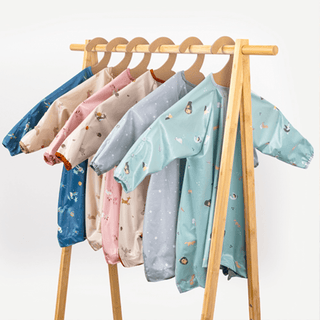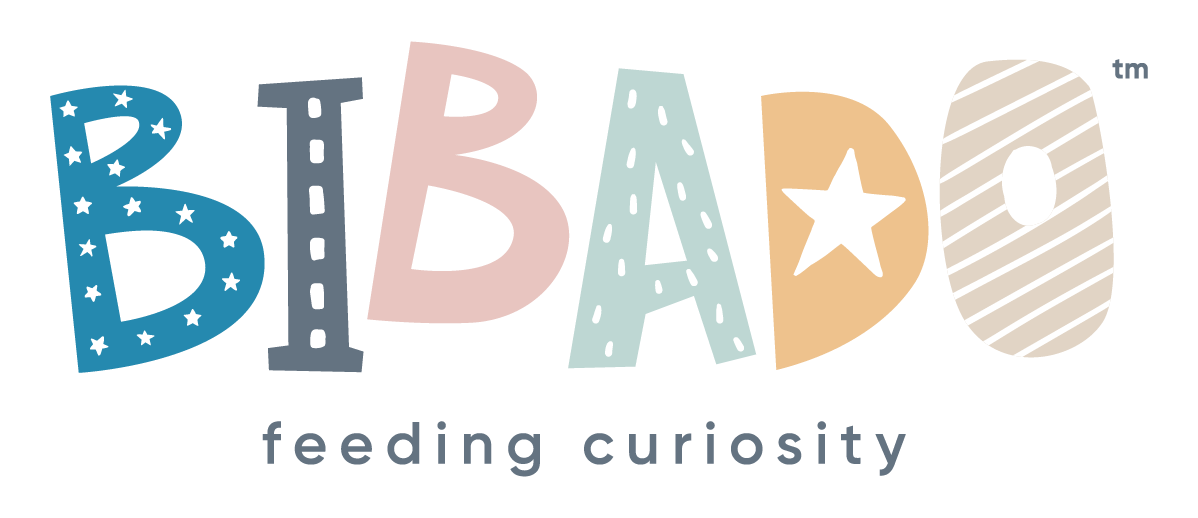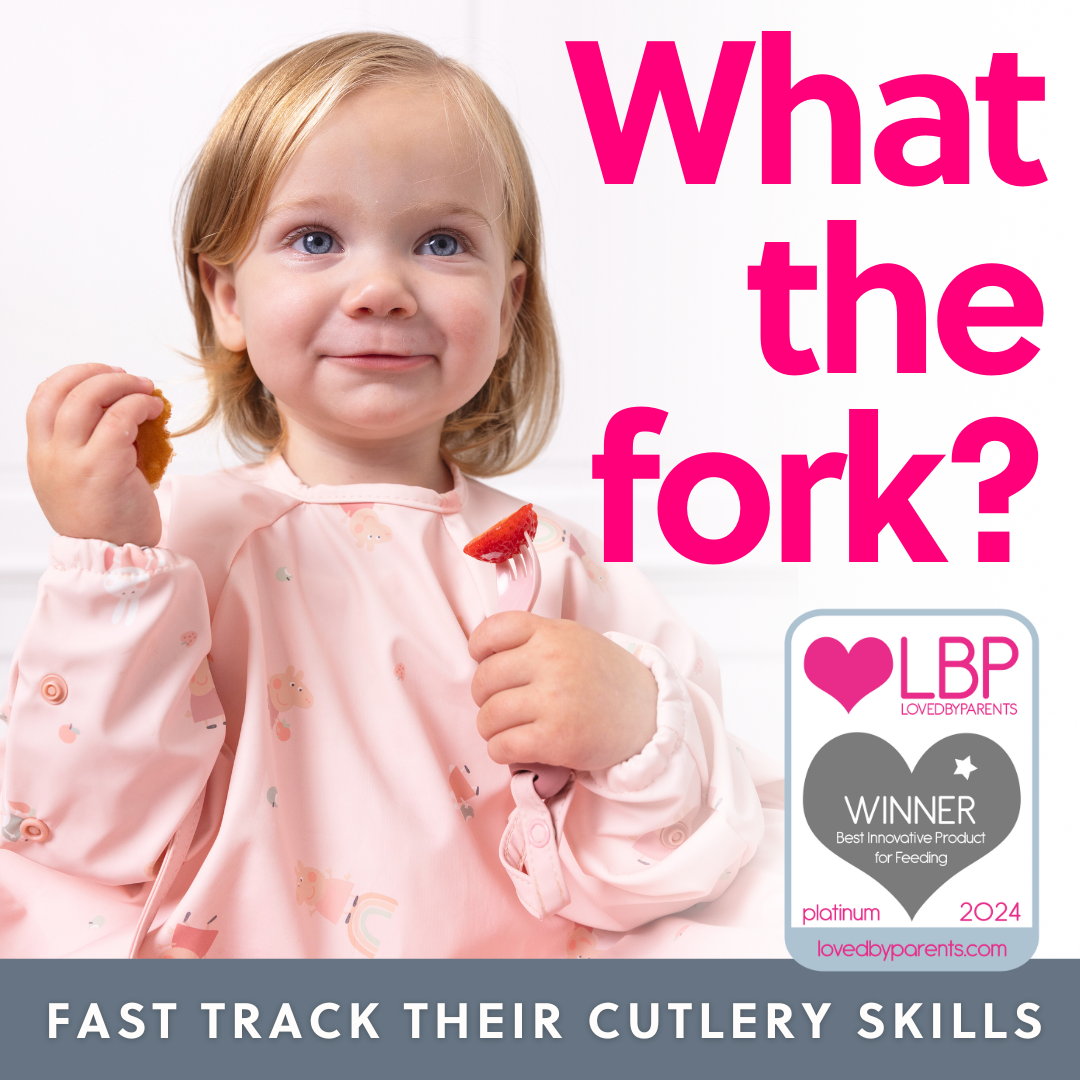Mealtime adventures are better with Bibado! Let our award-winning products make a difference to your weaning journey.
 Shop Now
Shop Now



Getting to grips with cutlery is a critical milestone in your child's development. It helps develop fine motor skills, builds muscle strength, and boosts confidence. Introducing utensils early in the weaning process offers plenty of opportunity for practice, paving the way to independent eating. It also lays the foundations for other lifelong skills, including writing. Set them on the path to successful self-feeding today with our handy guide to cutlery skills by age and stage.
✅ Pre-Loaded Utensils: Load the spoon or fork and guide it into your child's midline. They'll instinctively reach and begin to grab it. The Bibado Dippit is a great early tool to introduce as the unique two-handed grip supports the hinged elbow flexion that develops before wrist control. Parents can use the dipper end to offer the spoon to the child.
✅ Hand-Over-Hand: Occupational therapists and feeding specialists recommend this technique to help demonstrate without reducing autonomy and independence. Let your little one hold the spoon and gently place your hand theirs while guiding them through the scooping and feeding motion.
✅ Modeling: Remember, you are your child's first teacher. Eat alongside your baby and let them observe how you use cutlery.
✅ Sensory Play: Incorporate weaning tools into everyday play. Let them dip, bang, and mouth cutlery. It’s learning through play!
Expect mess - it's an essential part of learning. The Coverall Weaning Bib is your new best friend here. Knowing they're covered for every spill and splash will allow you to offer support and encouragement. You'll also give them the freedom to explore without limits.
Start with soft, easy-to-scoop foods (yoghurt, mashed veggies) and progress to textures.
Short, grippy baby utensils designed for little hands work best - they're not just easier to hold but less likely to flex and miss the mouth or hit the back of the throat, overstimulating the gag reflex. Check out our expert handy guide to spoons here
✅ Pre-Loading + Independent Delivery: You can still assist by preloading the spoon where needed, but focus on letting them bring the food to their mouth themselves.
✅ Hand-Under-Hand: Gently support under the wrist or forearm while letting them lead the motion.
✅ Scaffolded Independence: Gradually reduce support based on your baby’s cues as they progress. It's important not to 'steal their struggle'. Backwards-facing spoons and upside cutlery are all part of the learning process. Resist the temptation to correct every grip or motion. With plenty of practice, they will figure it out, and it's that problem-solving that will help to build vital connections in their brains
✅ Play-Based Practice: Never underestimate the importance of play. Make a conscious effort to encourage scooping and stabbing during play (e.g. with playdough or rice).
Encourage using both hands — one to hold the bowl (even if it is our super-suction), the other for the spoon.
Celebrate effort, not accuracy. This will keep them engaged and tuned in.
Offer praise and let them try even if they get messy or spill.
✅ Model & Narrate: Use positive phrases to cement the actions. “Scoop the yoghurt, now bring it to your mouth!”
✅ Practice Real Tasks: Let them help stir, serve, or scoop soft foods during meals.
✅ Consistent Mealtime Routine: Life isn't perfect, but try to set the stage for progress by having some degree of predictability. Regular, defined mealtimes support practice, improving skill and attention.
Stabbing with a fork usually develops after spoon control (it’s the reason we’ve refined the fork tips on our Handi Cutlery to pick up food, not mash it)
Provide small, easy-to-stab pieces (soft fruit, cooked pasta).
By age 2+, many toddlers can fully feed themselves with utensils (though they may still prefer fingers for some foods!).
🟢 Yes! Let them be messy — there’s a simple equation. The more mess, the more learning and development.
🟢 Yes! Offer utensils early, even if they don’t use them “correctly.” Cutlery control, like many life skills, is all about practice and repetition.
🟢 Yes! Use language, gestures, and modeling together.
🟢 Yes! Take breaks and try again later if they get frustrated.
❌ No pressure. Every baby learns at their own pace!
❌ No struggle stealing! Progress not perfection
Follow us for more delicious, nutritious bite-size Bibado goodness